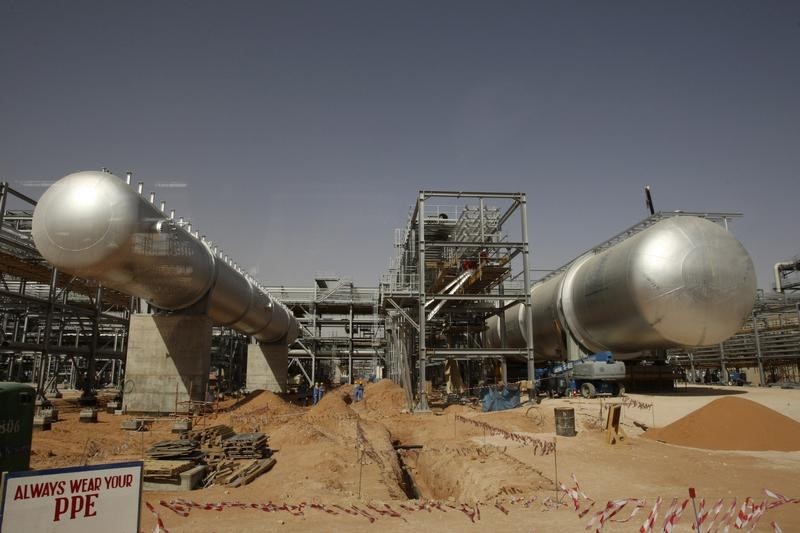Investing.com -- U.S. crude futures rallied on Friday to halt a four-day losing streak, as oil rigs nationwide fell to their lowest level in more than five years easing some concerns related to the glut of oversupply in global energy markets.
On the New York Mercantile Exchange, WTI crude for November delivery traded in a tight range between $46.18 and $47.49 a barrel before settling at $47.32, up 0.93 or 2.01% on the session. Previously, Texas Long Sweet futures plunged nearly 7% over the last four days after surging above $50 a barrel last week. More broadly, U.S. crude futures are up roughly 6.5% over the last month of trading.
On the Intercontinental Exchange (ICE), brent crude for December delivery wavered between $49.33 and $50.67 a barrel before closing on Friday at $50.53, up 0.80 or 1.60% on the day. Brent futures snapped a five-day losing streak dating back to the end of last week. During the period, North Brent Sea crude futures slumped approximately 8%.
Oil services firm Baker Hughes (N:BHI) said in its weekly oil rig count on Friday that U.S. oil rigs fell by 10 to 595 for the week ending on Oct. 9. It marked the seventh consecutive week of declines, as the rig count fell to its lowest level since July, 2010. By comparison, the rig count peaked over 1,500 at this time last year.
Energy traders also reacted to bearish forecasts from Schlumberger, the world's largest oilfield services company. On Friday, Schlumberger CEO Paul Kibsgaard said a recovery in oil drilling activity may not occur until 2017, one day after the company hinted that further jobs cuts could be forthcoming following the release of disappointing quarterly results. For Schlumberger's third quarter of 2015, the company saw its revenues tumble 33% to $8.47 billion, while its income from continuing operations slid nearly 50% to $989 million.
The lackluster results prompted Kibsgaard to caution that the company will likely "proceed with further overhead and capacity reductions." Schlumberger has already cut 20,000 jobs or 15% of its workforce since the start of the oil downturn last fall.
"The likely timing gap between the oil price recovery and the subsequent increase in oilfield services activity in combination with a more conservative spending outlook from our customers is causing us to now take further action," Kibsgaard said in a conference call on Friday.
The U.S. Dollar Index, which measures the strength of the greenback versus a basket of six other major currencies, gained more than 0.3% to an intraday high of 94.75. Earlier in the week, the index dipped below 94 to fall to a fresh monthly low, significantly below its intraday high of 96.64 on Oct. 1.
Dollar-denominated commodities such as crude become more expensive for foreign purchasers when the dollar appreciates.
